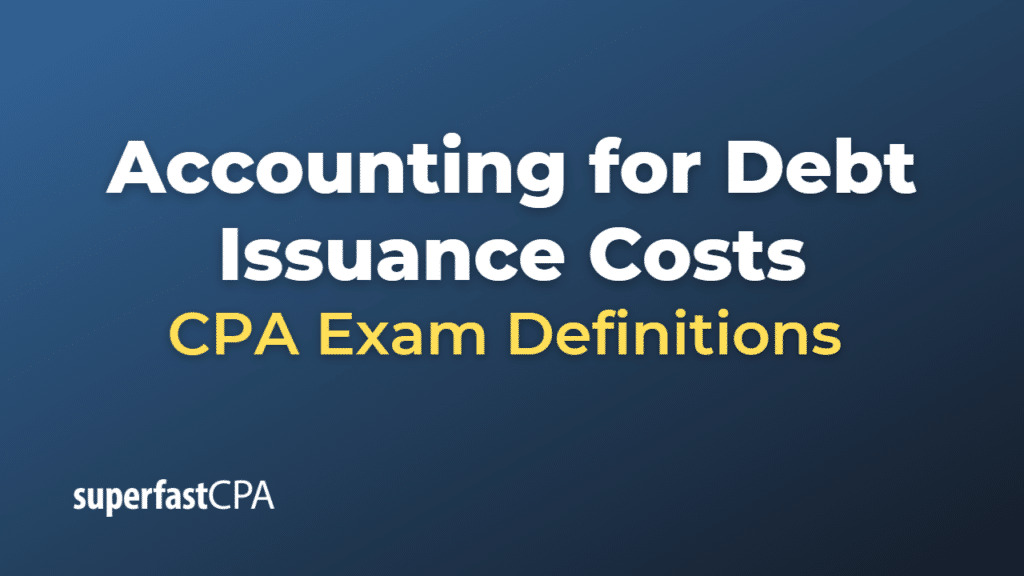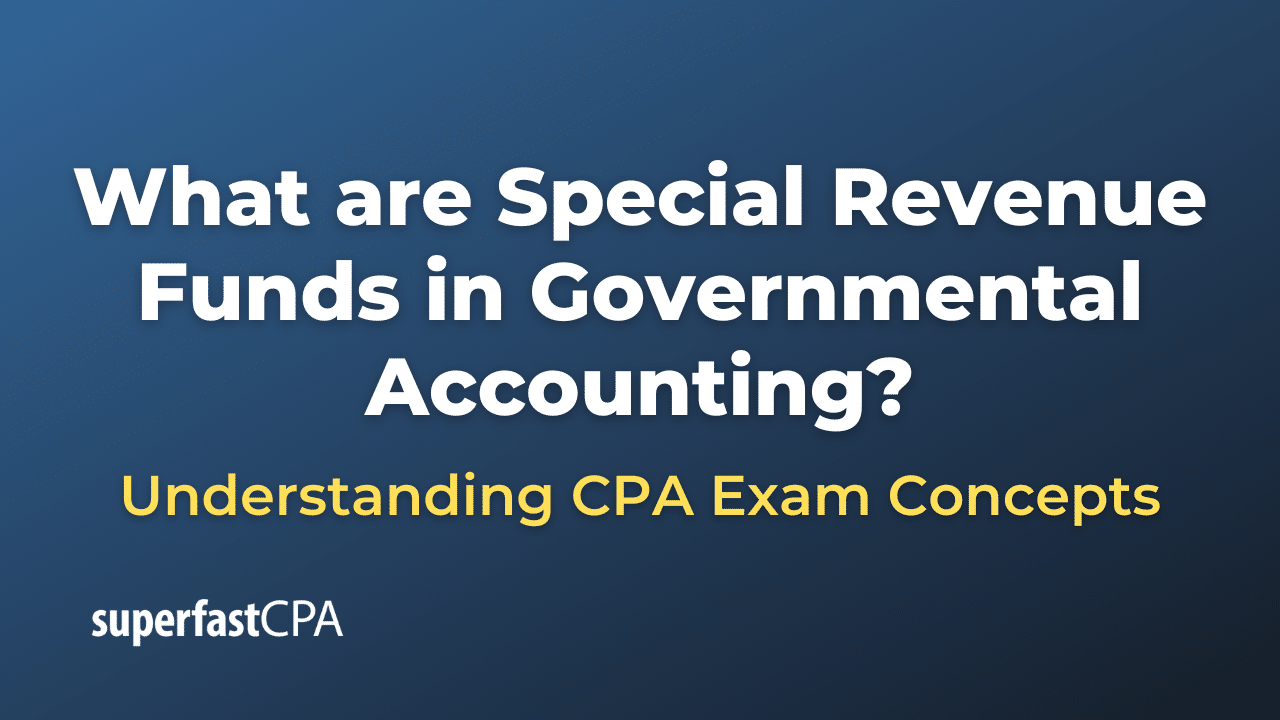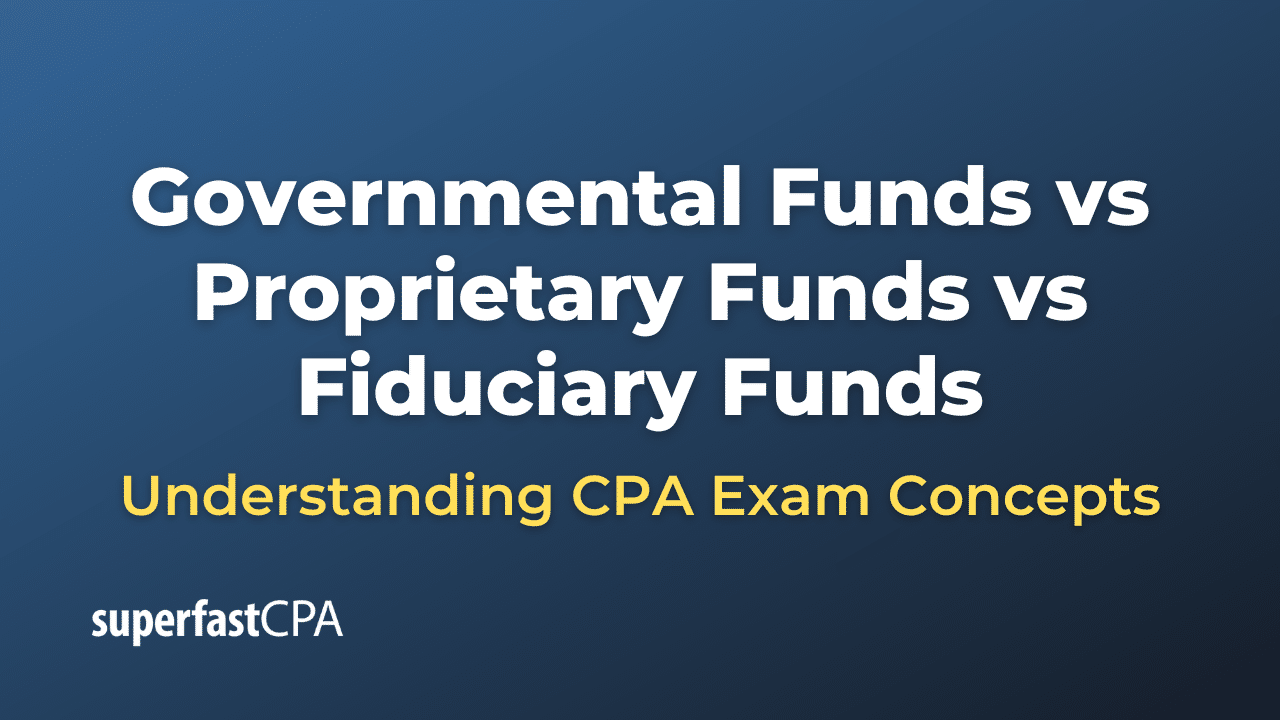Accounting for Debt Issuance Costs
Accounting for debt issuance costs involves the proper recognition, measurement, and presentation of the costs incurred by a company when issuing debt securities, such as bonds, notes, or loans. Debt issuance costs may include legal fees, underwriting fees, registration fees, and other expenses directly attributable to the debt issuance process.
Under U.S. Generally Accepted Accounting Principles (GAAP), debt issuance costs are considered a direct reduction of the carrying amount of the related debt liability, rather than being recognized as a separate asset. This treatment is in accordance with Accounting Standards Update (ASU) 2015-03, issued by the Financial Accounting Standards Board (FASB) to simplify the presentation of debt issuance costs.
Here’s how to account for debt issuance costs:
Step 1:
Initial recognition: When a company incurs debt issuance costs, it records these costs as a deferred charge (debit) and a liability or reduction in cash (credit).
| Debit: Debt Issuance Costs | $X |
| Credit: Cash or Liability | $X |
Step 2:
Amortization: The debt issuance costs are amortized (expensed) over the term of the debt using the effective interest method or the straight-line method, depending on which method yields a more accurate representation of the company’s financial position and performance. The amortization of debt issuance costs increases the interest expense recognized in the income statement.
Step 3:
Presentation: Debt issuance costs are presented as a direct reduction of the carrying amount of the related debt liability on the balance sheet. The unamortized portion of the debt issuance costs is subtracted from the debt’s face value to determine the net carrying amount.
Step 4:
Disclosure: Companies are required to disclose the nature and amount of debt issuance costs, as well as the amortization method and the period over which these costs are being amortized, in the notes to the financial statements.
By accounting for debt issuance costs in this manner, companies provide users of their financial statements with a clear and accurate representation of the costs associated with issuing debt and the impact of these costs on the company’s financial position and performance.
Example of Accounting for Debt Issuance Costs
Let’s consider an example of a company issuing bonds and incurring debt issuance costs.
Example: XYZ Corporation issues $5 million of 5-year bonds with an annual interest rate of 5%. The company incurs $100,000 in debt issuance costs related to legal fees, underwriting fees, and other expenses directly associated with the bond issuance process.
Step 1:
Initial recognition: XYZ Corporation records the debt issuance costs as a deferred charge and a reduction in cash.
| Debit: Debt Issuance Costs | $100,000 |
| Credit: Cash | $100,000 |
Step 2:
Amortization: XYZ Corporation decides to amortize the debt issuance costs using the straight-line method, as it provides a reasonable approximation of the effective interest method in this case. The annual amortization of the debt issuance costs is calculated as follows:
| $100,000 (total debt issuance costs) ÷ 5 years = $20,000 per year |
Each year, XYZ Corporation will record the following journal entry for the amortization of debt issuance costs:
| Debit: Interest Expense | $20,000 |
| Credit: Debt Issuance Costs | $20,000 |
Step 3:
Presentation: The unamortized portion of the debt issuance costs is presented as a direct reduction of the carrying amount of the related bonds payable liability on the balance sheet. For example, after one year of amortization, the bonds payable and unamortized debt issuance costs would be presented as follows:
| Bonds Payable (face value) | $5,000,000 |
| Less: Unamortized Debt Issuance Costs | $80,000 (=$100,000 – $20,000) |
| Net Carrying Amount of Bonds Payable | $4,920,000 |
Step 4:
Disclosure: XYZ Corporation should disclose the nature and amount of debt issuance costs, as well as the amortization method (straight-line) and the period over which these costs are being amortized (5 years), in the notes to the financial statements.
By properly accounting for the debt issuance costs, XYZ Corporation provides users of its financial statements with a transparent and accurate representation of the costs associated with issuing debt and the impact of these costs on the company’s financial position and performance.














